Fukugawa Edo Museum
The first thing that impressed my about the Fukugawa Edo Museum was its size. I had only seen a couple pictures of the museum and hadn’t realized the scale of the exhibit as a whole. When they say they’ve got a village inside, they’ve got a village. The museum is a recreation of an early to mid 19th century village in Edo, what is now Tokyo. You’ll find fish, vegetable, and rice shops, as well as two inns, several homes, and a full size fire watchtower just to name a few.
I first learned about this museum from a post by Shane Sakata when she was writing for The Tokyo Traveler. Shane writes at The Nihon Sun now if you want to follow her current adventures. So anyway, Thanks Shane!
Here’s the sign you’re looking for if you’re walking to the museum. I knew the general area of the museum but still got lost on the way there, I happened to look up and there it was.
And here’s the entrance, just another visual reference if you’re trying to find this place.
When you walk into the main exhibit you’re actually situated above the village. You can see there’s a cat on one of the roofs, it’s animatronic, it turns its head and meows occasionally. There are a lot of little details like this that make this exhibit great. At different times you can hear a vendor shouting about his wares through the village, and the sound of birds can be heard as well.
I did some looking around online when I decided to stop by the museum and several travel sites suggest a half hour to an hour for this museum, though I think I was here for about two hours. Also, the village slowly changes from day to night and back again over the course of an hour, with one entire wall showing the sun, moon or the sunset or sunrise, and all the lights dim or brighten as well. Great for atmosphere, a little hard to take photos in. : )
I would recommend bringing a tripod or at least a monopod with you for photos. I ended up wrapping my Gorillapod around the handle of my umbrella as an impromptu monopod for these photos. It worked out pretty well.
Don’t be afraid to kick off your shoes and wander through the houses. I didn’t realize I could do this until after I left the museum and I’m kicking myself for it now. So wear clean socks and get exploring.
This was one of my favorite buildings, the vegetable market. It just had a nice open feel and had plenty of color from the different produce within.
The photos make it look like this place is a ghost town, but there were plenty of people here, including a tour group, I just timed my shots to have no people. Nothing like a guy in a Green Bay Packers jacket in your shot to destroy the feel of old Edo.
Here’s the aforementioned changing wall, currently it’s sunset. At the bottom of the wall is a small water filled area with an old boat in it. The attention to detail in this place is just unreal.
And for the sake of completeness I included a scan of my entrance ticket, front and back. It appears there is a map on the back of the ticket, useful.
So all in all one of the best museum experiences I’ve ever had, and I’ve been to quite a few, I think mostly due to the uniquness of the exhibit, and the immersion you experience. There is a printed guide in English that tells you what you’re looking at, as well as English speaking guides, as in people, inside the exhibit so don’t be discouraged if you don’t speak Japanese. If you’re a history buff or wish you could step onto a Kurosawa set then this is a must see.
Open: 9:30am – 5:00pm
Closed: The second and fourth Monday of each Month.
Price: Adults: ¥300 – Under 15: ¥50
Location: 15 minutes on foot from Morishita Station on the Shinjuku Line; 3-5 minutes on foot from Kiyosumi-Shirakawa Station on the Oedo Line. Located off Kiyosumi Dori on a street called Fukagawa Shiryokan Dori.
Tel: 03 3630 8625

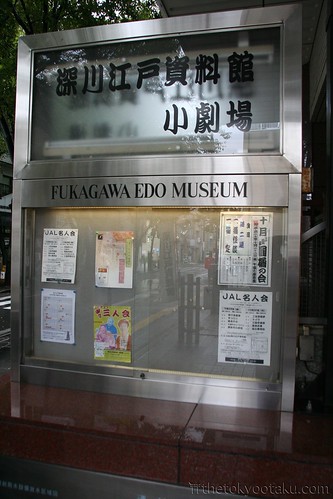
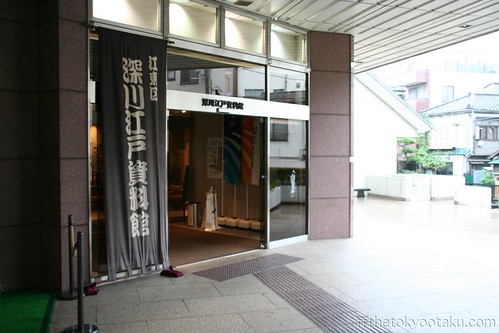
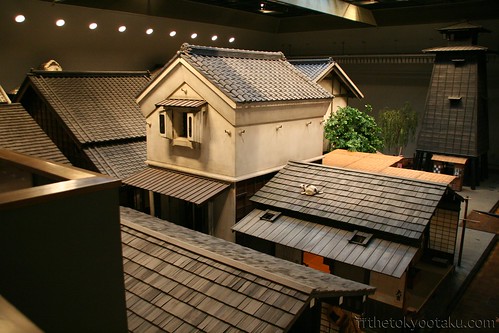
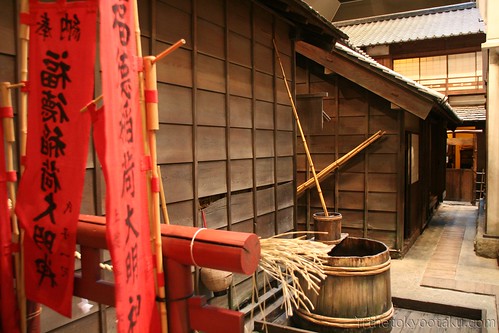

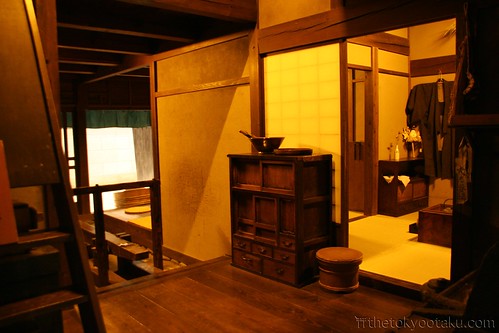
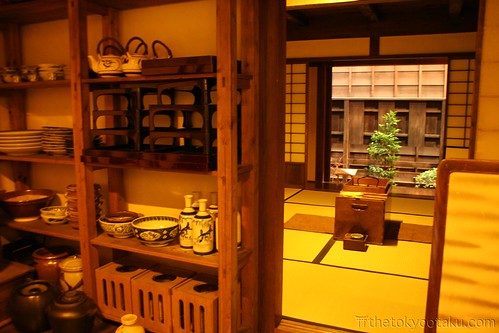

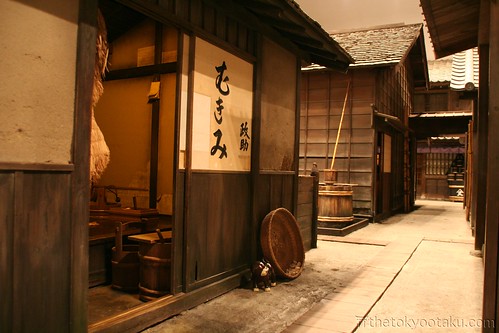
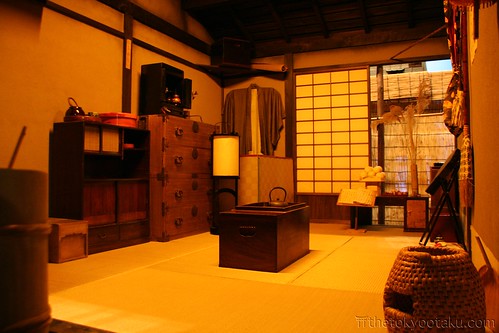
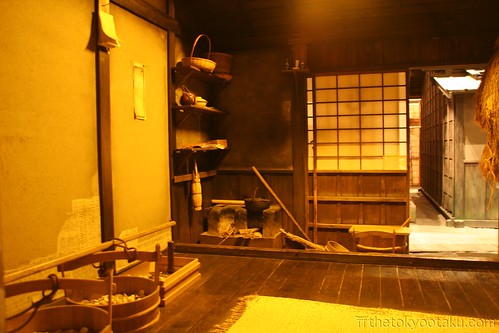

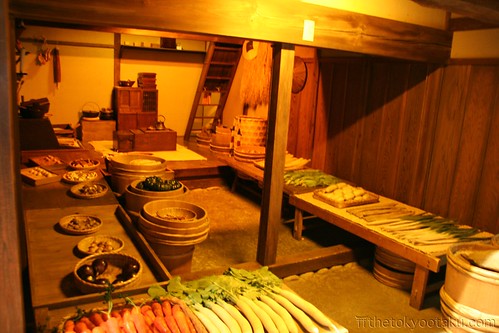

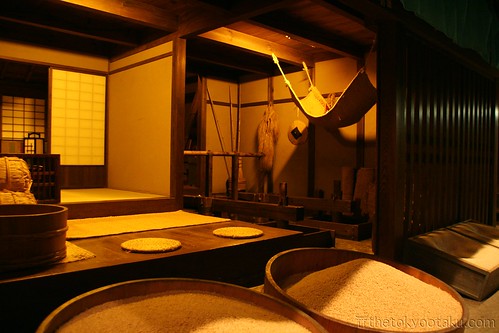
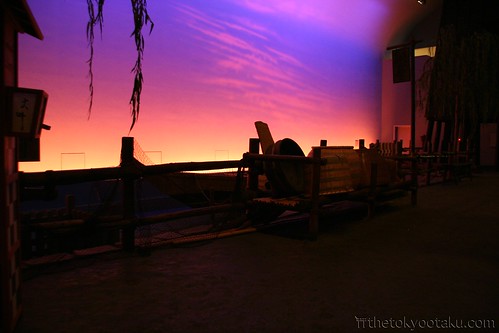
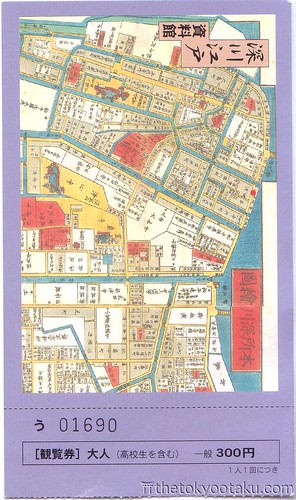
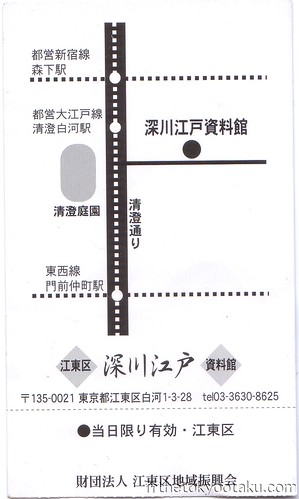








[…] http://www.thetokyootaku.com/2009/03/fukugawa-edo-museum/ […]
[…] idea of toy towns, so I was not prepared for disappointment. The Fukagawa Edo Museum(great photos here) does deliver what it promises, but like in other museums, I was a little gutted nothing as in […]
[…] this museum, because the building are so plain and ordinary from outside. Read about it more at The Tokyo Otaku, like I […]
Leave your response!
You must be logged in to post a comment.
Blogroll
Meta
Tags
Recent Posts
Most Commented
Archives